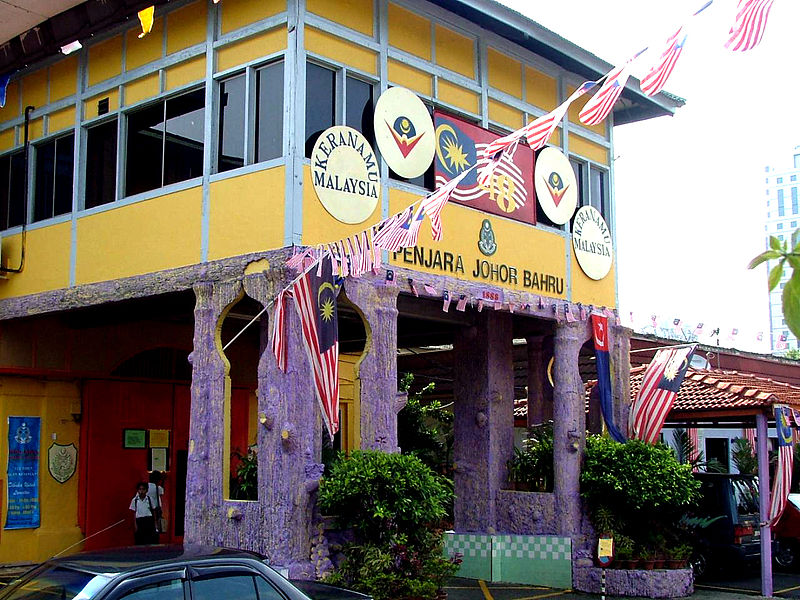In 1883, the state capital of Johor in Malaysia received a new prison. Its general purpose was to incarcerate all those who decided to rebel against the colonial government.
Spread across 4.5 acres of land, Johor Bahru Prison was designed by Sultan Ibraham I of Johor, or to give him his rather long full title: Sultan Sir Ibrahim Al Masyhur Ibni Al-Marhum Sultan Abu Bakar Al-Khalil Ibrahim Shah GCMG GBE.
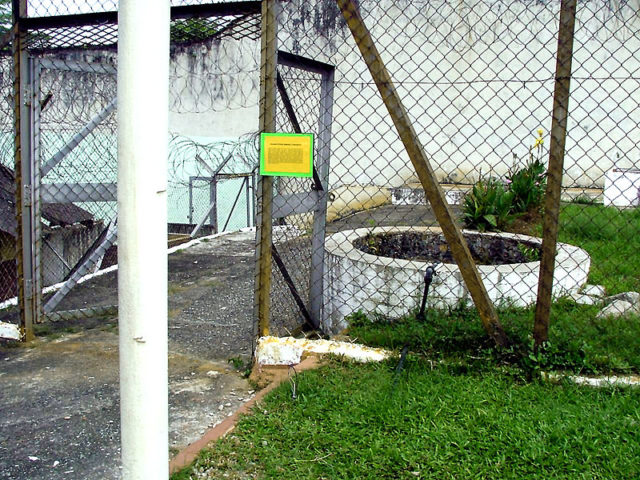
His inspiration for Johor Bahru Prison came from visits to two different jailhouses in Osaka and Shanghai. He spent some time there studying the prisons in detail. Once the design was complete, the Chinese building contractor Wong Ah Fook had the honor of turning the Sultan’s blueprints into reality. He received the contract on April 16, 1882.
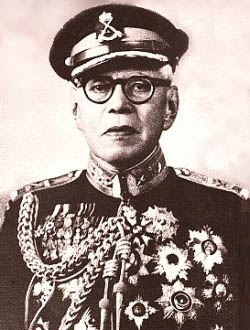
At first, the prison was relatively small and had the capacity to house no more than 200 inmates. There was also a kitchen and a hospital as well as two workshops where the prisoners were kept busy throughout the day.
Pretty soon, it became obvious that more space was needed. New buildings were added one by one, and renovations were carried out on the older building. The site soon reached a new capacity of 1,500 inmates.
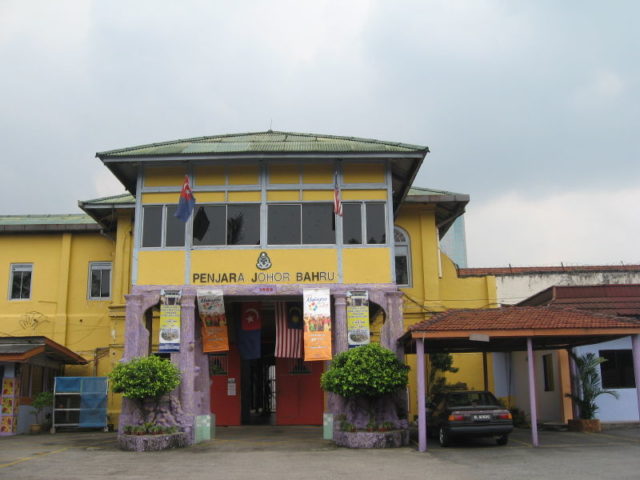
This new, enlarged prison now had five workshops as well as a prayer room and a fresh visiting area. The whole complex was encircled by a 20-foot-high wall. The pressing need to increase capacity led to such clutter that many wondered whether the fire regulations were respected in any way.
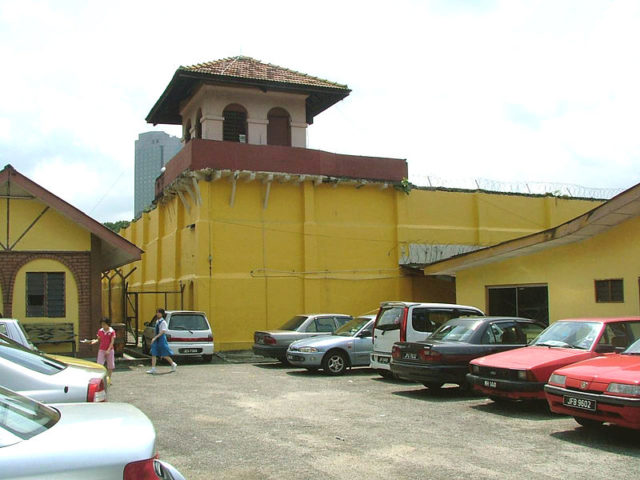
Despite all the extensions and renovations, eight or nine prisoners had to be packed into a cell that was designed to hold a maximum of three inmates.
Furthermore, the prison was known for its punishments – the most famous of which included a cane and a lot of pain. Malaysian law strictly regulated this punishment and limited the number of maximum strokes to 24. The bleeding started at stroke number five.
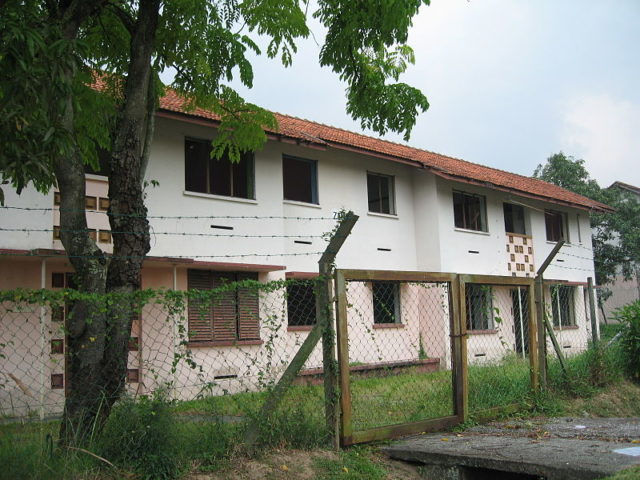
Certain categories of people were excluded from this punishment, such as anyone older than 50 years, females, and people that were mentally challenged. The caning was carried out using either a thin or a thick cane. The thinner cane caused the most pain.
Caning with the thinner cane could cause impotence. The prisoners had to be medically examined, and the caning was only to be administered if everything was in order. This notorious practice cased severe bleeding and in some cases caused prisoners to faint from the pain. If this happened, the caning was stopped.
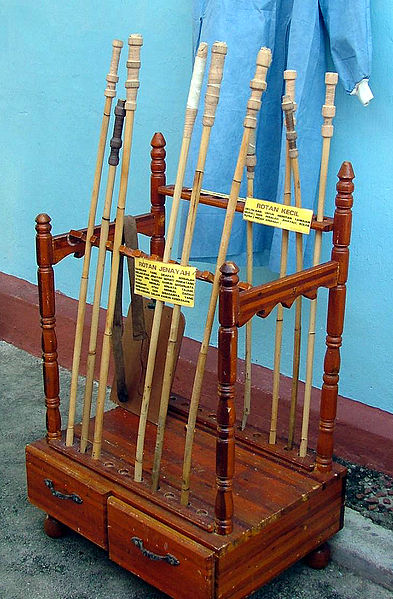
Thinner canes were used for less severe crimes. The thicker cane, on the other hand, caused a lot more damage and was used on more serious felons such as rapists and hard-core criminals.
Haunted Well
Both the thin and the thick canes were soaked in Chlorox Bleach before each stroke. The idea was both to disinfect the cane and to add to the prisoner’s pain. One stroke was equal to five months in prison. In the case of an HIV-positive inmate, a new cane was used and was burned afterwards to prevent the spreading of the virus.
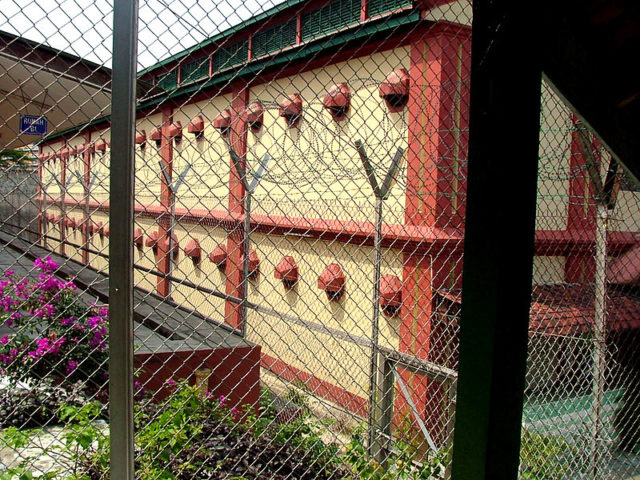
Inside the prison courtyard was a haunted well that the prisoners used to drink from, and according to many of the prisoners and the jail staff, the well was haunted. The area where the well stands once served as an execution ground where General Tomoyuki Yamashita executed people during World War Two.
Another Article From Us: The Amazing Abandoned Space Shuttles in 57 Images
For 122 years, the prison remained in constant use. It was officially closed on August 30, 2005 due to overcrowding, and all of the prisoners were transferred to Kluang in Central Johore. For a short period, the site served as an open house where people came to be educated about the prison and life within.
